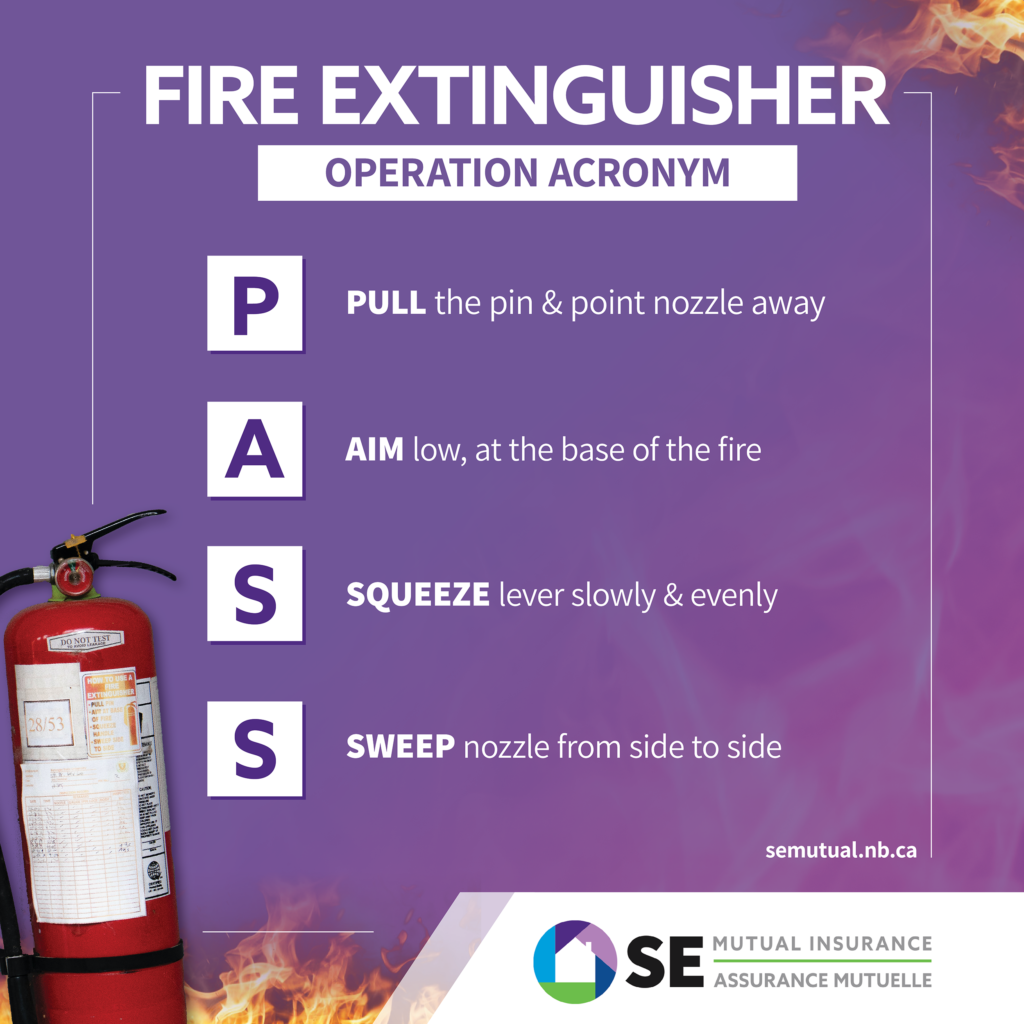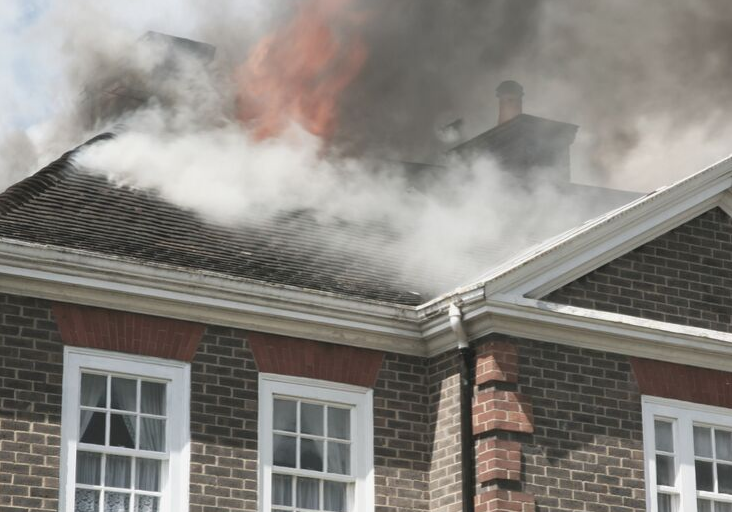Fire Prevention Week is a nationally recognized event that has been observed since 1922. It is held annually, during the week of October 9th, in commemoration of the Chicago Fire of 1871.
Knowing how to prevent fire from happening in your home is crucial. Every year, thousands of people are injured or killed by fires. Read the following tips to help your family stay safe:

Plan and practice your escape route
Every family should have a planned escape route, including a layout of your home, two exits from each room and a meeting place outside the home. Your escape route should be practiced with all members of the household at least twice a year. Did you know that you have 1-2 minutes, from the time your smoke alarm sounds, to make a safe exit from your home?
If you don’t currently have an escape plan, now’s the perfect time to make one! The National Fire Protection Association offers a free escape planning tools on their website. It’s a great activity for the whole family – Pull together everyone living in your home and make a plan. Walk through your house and find all possible exits and escape routes. When designing a floor plan for a household with children, consider creating two ways out of each room, including one that you think is the safest for them to use if there is an emergency.
Many local fire departments will happily visit your home to provide fire safety tips when asked.
Smoke detector location and operation
Your safety during a fire depends on advance warning from smoke alarms. Your home should have a working smoke detector on each level. Ensure there is one located in or near all bedrooms. Battery-operated smoke detectors should have their batteries changed annually. In addition, all types of smoke detectors should be tested monthly to ensure they are working properly.
This year’s theme for Fire Prevention Week is Learn the Sounds of Fire SafetyTM which aims to educate the public about the sounds smoke and CO alarms make and what to do when you hear them.
Fire extinguisher location and operation
Keep at least one multi-purpose fire extinguisher in your home. It should be stored in the kitchen, as this is where most household fires start. Having an extinguisher on each level of your home is even better for fire prevention. Make sure adults and older children know how to operate a fire extinguisher. Use this handy acronym to help remember:

P- PULL the pin & point nozzle away
A- AIM low, at the base of the fire
S- SQUEEZE lever slowly & evenly
S- SWEEP nozzle from side to side
Home heating systems
Fire prevention week is a great reminder to schedule your annual chimney cleaning and furnace service, if you haven’t done so already. Proper maintenance by a qualified technician will ensure the safe and efficient operation of your home heating system, reducing your risk of malfunction and possible fire.
You can also prevent household fires by keeping combustibles, such as clothing, bedding, furniture and boxes away from stoves and heaters. Additionally, curtains should hang at least 6 inches (15 cm) above baseboard heaters.
Home appliances
Did you know that your dryer is the most likely appliance in your home to start a fire? Practice fire prevention by replacing a plastic dryer vent hose with a metal-type one. Clean your dryer lint trap after each load and check your dryer vent for lint build-up at least twice a year.
As well, you can help prevent electrical fires by unplugging small household appliances and chargers for electronic devices when they are not in use.
For more information on Fire Prevention Week, as well as helpful resources and activities for kids, visit NFPA’s website.
Updated 10/04/2021






